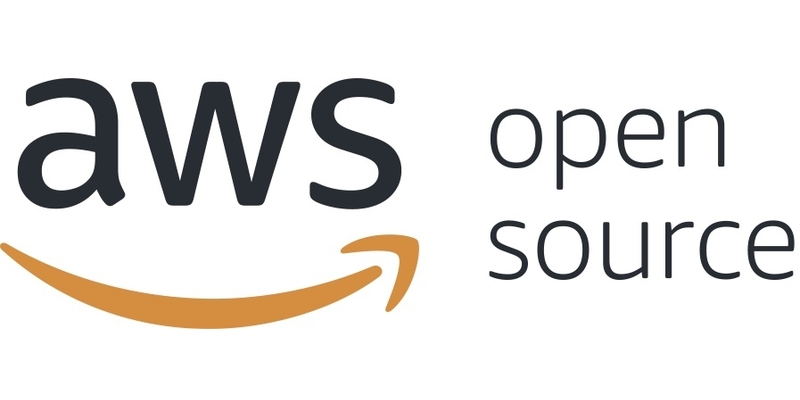AWS Open Source Blog
Category: Amazon Elastic Kubernetes Service
How AWS Partners can help you get started with EKS-D
In case you missed it, last week during the re:Invent keynote, Andy Jassy announced Amazon EKS Anywhere, a new deployment option for Amazon Elastic Kubernetes Service (Amazon EKS) that enables you to easily create and operate Kubernetes clusters on-premises thanks to the launch of Amazon EKS Distro (EKS-D). EKS-D is a Kubernetes distribution based on […]
Introducing Amazon EKS Distro (EKS-D)
This post was contributed by Allan Naim, Chandler Hoisington, Raja Jadeja, Micah Hausler, and Michael Hausenblas. Today we announced Amazon EKS Distro (EKS-D), a Kubernetes distribution based on and used by Amazon Elastic Kubernetes Service (Amazon EKS) to create reliable and secure Kubernetes clusters. With EKS-D, you can rely on the same versions of Kubernetes […]
etcd gets ready to graduate
Update: On November 24, 2020 the Cloud Native Computing Foundation announced etcd graduation. Etcd, a distributed key-value store that helps powers projects such as Kubernetes, is set to join the ranks of the most critical and recognizable projects for open source computing. The Cloud Native Computing Foundation (CNCF), the non-profit foundation that serves as the […]
Virtual GPU device plugin for inference workloads in Kubernetes
Machine learning (ML) has become a centerpiece for enterprise transformation. AWS provides a broad and deep set of ML capabilities for builders with all levels of expertise. Developers with no prior ML experience can seamlessly build sophisticated AI-driven applications using AWS AI services. Developers and data scientists can use Amazon SageMaker, a managed machine learning […]
Using the K3s Kubernetes distribution in an Amazon EKS CI/CD pipeline
Modern microservices application stack, CI/CD pipeline, Kubernetes as orchestrator, hundreds or thousands of deployments per day—this all sounds good, until you realize that your Kubernetes development or staging environments are messed up by these deployments, and changes done by one developer team are affecting your developer team’s Kubernetes environment. In this post, we will walk […]
Improving HA and long-term storage for Prometheus using Thanos on EKS with S3
Prometheus is an open source systems monitoring and alerting toolkit that is widely adopted as a standard monitoring tool with self-managed and provider-managed Kubernetes. Prometheus provides many useful features, such as dynamic service discovery, powerful queries, and seamless alert notification integration. Beyond certain scale, however, problems arise when basic Prometheus capabilities do not meet requirements […]
Dgraph on AWS: Setting up a horizontally scalable graph database
This article is a guest post from Joaquin Menchaca, an SRE at Dgraph. Dgraph is an open source, distributed graph database, built for production environments, and written entirely in Go. Dgraph is fast, transactional, sharded, and distributed (joins, filters, sorts), consistently replicated with Raft, and provides fault tolerance with synchronous replication and horizontal scalability. The […]
Running TorchServe on Amazon Elastic Kubernetes Service
This article was contributed by Josiah Davis, Charles Frenzel, and Chen Wu. TorchServe is a model serving library that makes it easy to deploy and manage PyTorch models at scale in production environments. TorchServe removes the heavy lifting of deploying and serving PyTorch models with Kubernetes. TorchServe is built and maintained by AWS in collaboration […]
Enterprise-ready Kubeflow: Securing and scaling AI and machine learning pipelines with AWS
NOTE: Since this blog post was written, much about Kubeflow has changed. While we are leaving it up for historical reference, more accurate information about Kubeflow on AWS can be found here. Many AWS customers are building AI and machine learning pipelines on top of Amazon Elastic Kubernetes Service (Amazon EKS) using Kubeflow across many […]
Why Jenkins still continuously serves developers
For an estimated 15 million developers, Jenkins is synonymous with countless iterations of collectible stickers of the iconic, non-assuming butler that have adorned their laptops all over the world. The butler is representative of the ubiquitous open source continuous integration (CI) technology that has quietly automated an endless set of development tasks for well over […]









